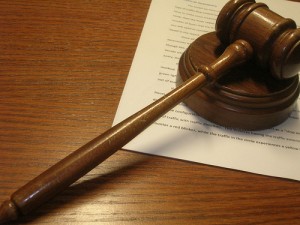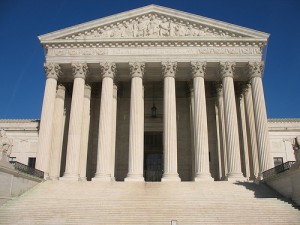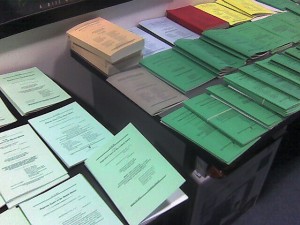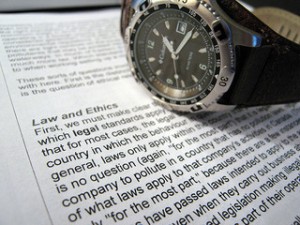Monday Morning Review: Local Governments in the Federal Appellate Courts
Posted
27 Aug 2014 in Monday Morning Review
Apologies that this edition is delayed. I was tied up with a significant filing for the past week. The courts were busy too. Here are the last two weeks' published decisions involving local governments: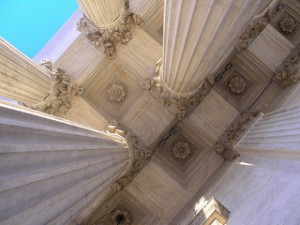 First Circuit
First Circuit
- Penn v. Escorsio, No. 13-2309 (Aug. 22, 2014): The court affirmed the district court's denial of qualified immunity at the summary judgment stage to corrections officers alleged to be deliberately indifferent to risk that detainee could commit suicide. The court found that the issues presented on appeal were purely factual, and the court had no jurisdiction to decide them on interlocutory appeal.



